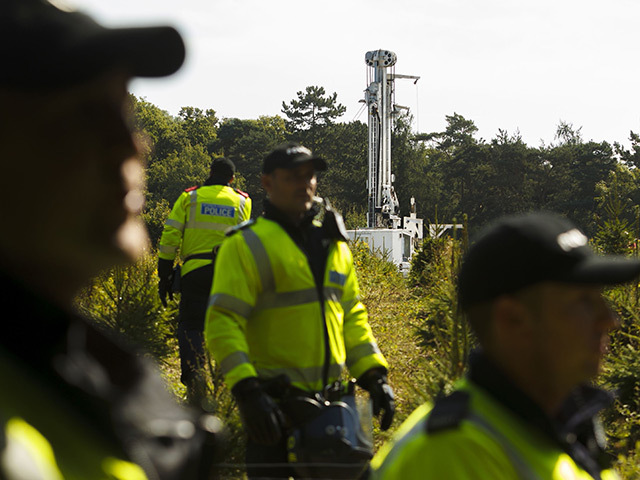
The recent Committee on Climate Change report on Scotland’s record in reducing carbon emissions confirmed that the country was still leading the UK, and most other countries, in meeting the 2015 target to reduce emissions and is on track to hit the interim aim of reducing emissions by 42% by 2020. This is to be applauded but the momentum of year-on- year reduction is going to slow. The Committee urged the Scottish Government to reduce emissions across the total economy, particularly heating and transport.
Examining the Draft Carbon Reduction Plan the Committee stated that the target of having 80% of heating from low carbon sources by 2032 is “very unlikely to be feasible.” The Draft Plan states that this will be achieved by district heating schemes and the adoption of ground heat technology.
Today in Scotland, there are nearly 2m homes and over 22,000 commercial businesses that are connected to gas. 78% of domestic heating is provided by gas and 43% of all gas consumed is by industry.
Research from KPMG undertaken for the Energy Networks Association confirmed that there is a way to decarbonise gas by injecting green gas such as hydrogen into the grid which offers significant cost savings against alternative low carbon heating sources. It is also shown to be the most practical scenario in terms of technical feasibility and, most importantly, people like the convenience and reliability of gas and shouldn’t that be an important consideration in future policy decisions?
Why are policy makers so reluctant to consider a continuing role of gas when technologies such as carbon capture storage, (CCS) and decarbonisation demonstrate that gas has a role to play in a low carbon future?
At present, there is no obvious way in which renewable electricity can fulfil this demand. For instance, the electrification of all UK heating infrastructure would be extremely expensive, disruptive and challenging.
Today 50% of our gas comes from outside the UK – a significant turnaround from 17 years ago when we were a gas exporter. This is set to rise to 80% in the next 17 years and has massive implications both economically and environmentally. I strongly believe that onshore exploration and production provides a significant economic opportunity for Scotland. 30 wells have been drilled in the last 20 years and gas has been produced in the central belt of Scotland. This has happened without incident – to the environment or to public health.
The Committee on Climate Change confirmed that widespread shale gas production is compatible with these carbon budgets as long as certain conditions are met and the onshore industry has committed itself to meeting those conditions.
All of the extensive research the Scottish Government has commissioned states that with appropriate regulatory oversight and monitoring Scotland’s regulatory framework was sufficiently robust to manage onshore exploration and production.
Excluding onshore gas from Scotland from the future energy mix is short-sighted and dogmatic. There isn’t any reason to justify continuing with the moratorium which has been in place since January 2015.
Ken Cronin is the chief executive of UK Onshore Oil and Gas (UKOOG).
Recommended for you
